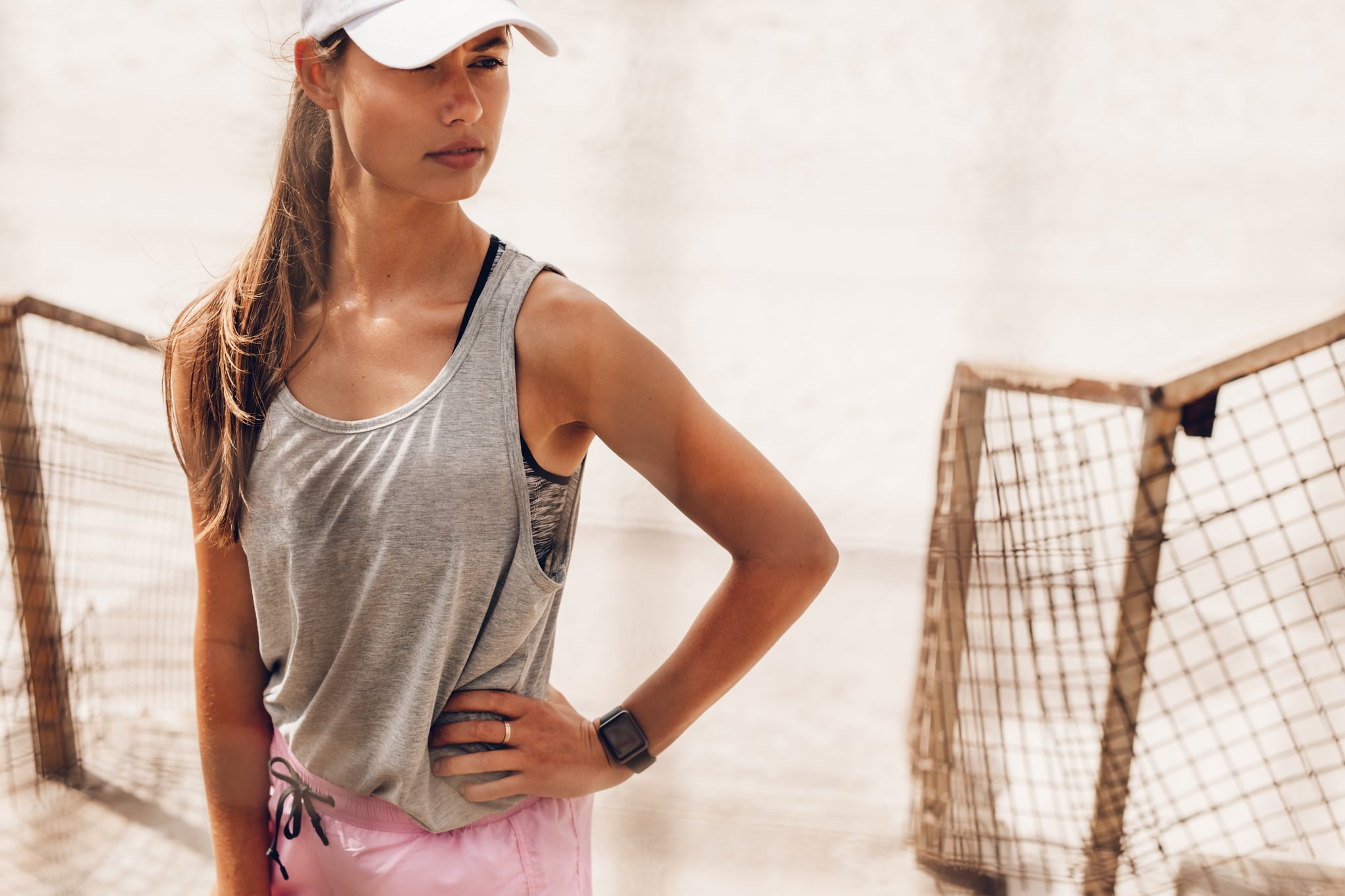
Almost every time I reveal I wasn’t a runner growing up or that I quit my middle school track team because my foot hurt, I’m met with some shock. I actually took up running as an adult after years of avoiding it. Now, I’ve run over 60 races over about eight years. Beyond that, I got my start using a simple couch-to-5K training app.
The idea here being, of course, that in a few weeks you’d complete a series of run-walk interval sessions that would eventually work you up to being able to run 3.1 miles. And that’s exactly how I got started. I’d run when the app told me to run, and happily walk when it permitted. I couldn’t run more than eight minutes straight at the beginning. But slowly and surely, I built up my endurance, and more importantly, I built up an interest in and adoration for running.
It’s been several years since I’ve mastered that app, and I’ve spent so many years since my first 5K trying to run longer or farther. I’ve spent more energy tracking my runs and scoring the latest performance sneakers, like the UA HOVR™ Infinite 2 UC Running Shoes ($120). And walking to get there? No way. In all that, I made a very crucial error. I forgot the most fundamental pillars of the entire program that got me started: walking. Alternating between walking and running is what got me to be faster. It’s what got me to go farther. It’s what pushed me to go beyond my comfort zone. It’s what made me a runner.
Now that I’ve hit a bit of a wall in my training these last few weeks, I’ve decided to go back to my roots and simply walk. Those first couple of walks during my runs felt a bit, well, embarrassing. I was a marathoner, I didn’t need to walk. But after a few more days of embracing a walk-run mentality, I put any pride aside and actually enjoyed my new training style.
I found that I could explore other neighborhoods and permit myself to stop and take them in for a few blocks. I conserved energy for longer, more important runs later in the week. I added in some sprint-to-exhaustion intervals for speed work. I felt more protected from overworking and overheating. (I am still training for a marathon in the middle of summer while wearing a mask.) But most importantly, I felt revived.
Finally, I took all the pressure off myself to always be moving and going faster. Slowing down allowed me to reconnect with my body and appreciate the hard work I was putting into my training. Now, I listen to my body when it tells me to slow down a few paces. Running is back to being fun again, just like it was the very first time I hit the 5K mark.
